As the sun dipped below Perugia’s ancient skyline, I found myself caught in the gentle current of the passeggiata on Corso Vannucci. This nightly Italian ritual transforms the pedestrian-only main street into a vibrant social scene. Locals stroll, chat, and see-and-be-seen between 5 and 8 pm. The passeggiata on Corso Vannucci offers visitors the perfect opportunity to experience authentic Italian culture while enjoying the historic center of Perugia.
The energy was infectious as families, couples, and friends of all ages paraded along the wide boulevard. Just one block from my apartment, the Corso cuts through the heart of Perugia’s historic center, bordered by the impressive Palazzo dei Priori. Locals dressed in their casual best greeted each other warmly, pausing for animated conversations that echoed off centuries-old stone buildings.
Walking among Perugians during this evening ritual gave me more insight into local life than any museum ever could. Children licked gelato while their parents caught up with neighbors, and teens gathered in laughing clusters near the cathedral steps. The tradition stems from the Italian verb “passeggiare” (to stroll), but it’s much more than just walking—it’s a cultural cornerstone that transforms an ordinary evening into something magical.
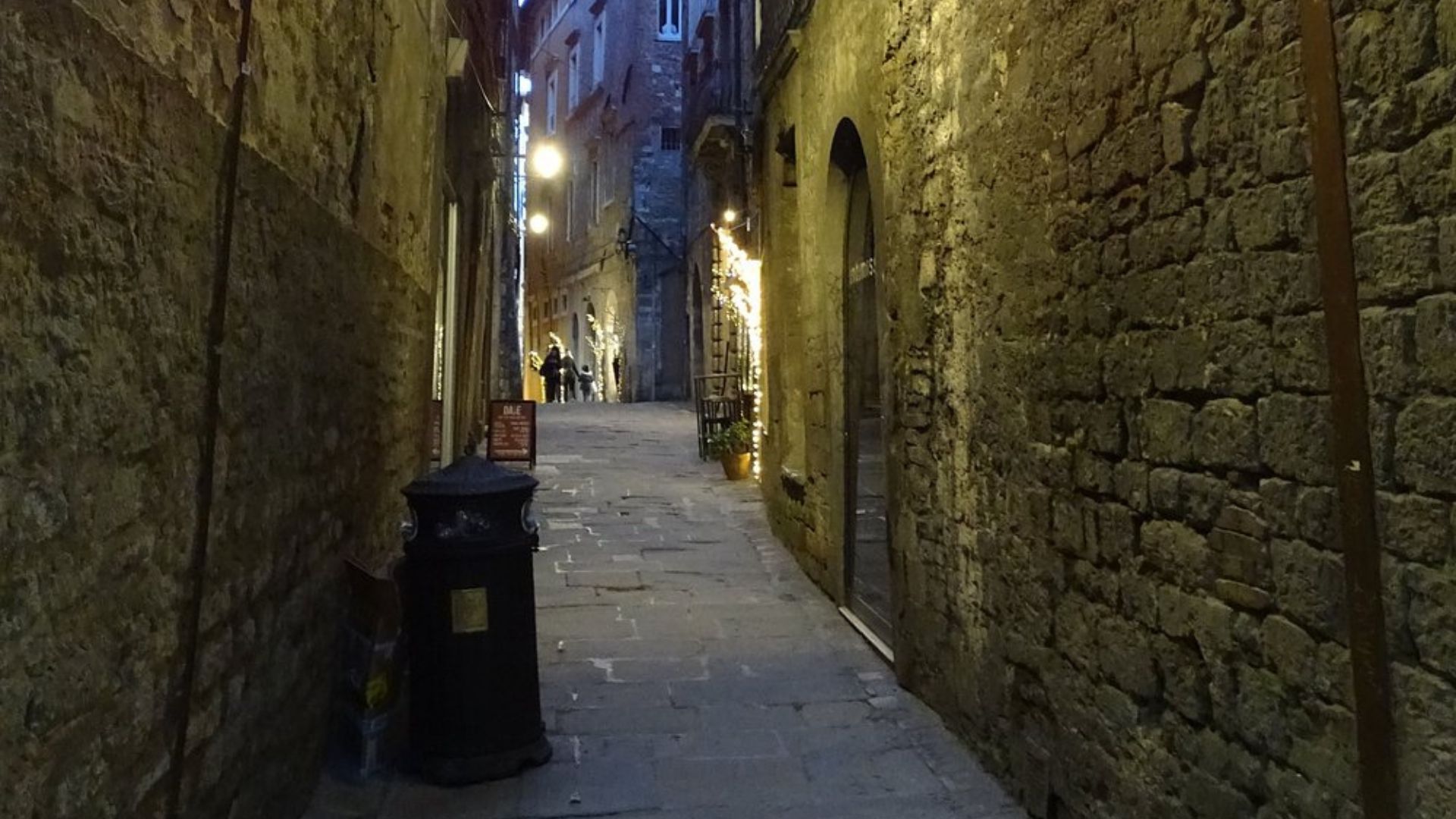
Perugia: Heart of Umbria
Perugia stands proudly as the capital of Umbria, a medieval treasure nestled in central Italy. The city blends ancient Etruscan roots with vibrant modern life, creating an atmosphere that captivates visitors from the moment they arrive.
A Stroll Through History
Walking through Perugia feels like stepping into a living history book. The medieval center remains remarkably intact, with narrow cobblestone streets winding between stone buildings that have witnessed centuries pass by.
I found myself mesmerized by the 14th-century architecture that dominates the cityscape. Perugia isn’t just beautiful—it’s authentic. Unlike more touristy Italian destinations, the capital of Umbria maintains its everyday Italian character.
The Duomo (cathedral) stands majestically near Corso Vannucci, the city’s main pedestrian thoroughfare. This wide, bustling street forms the heart of social life here, where locals and visitors alike gather throughout the day.
What struck me most was how Perugia serves as the sun around which other Umbrian towns orbit, the cultural and historical center of this fascinating region.
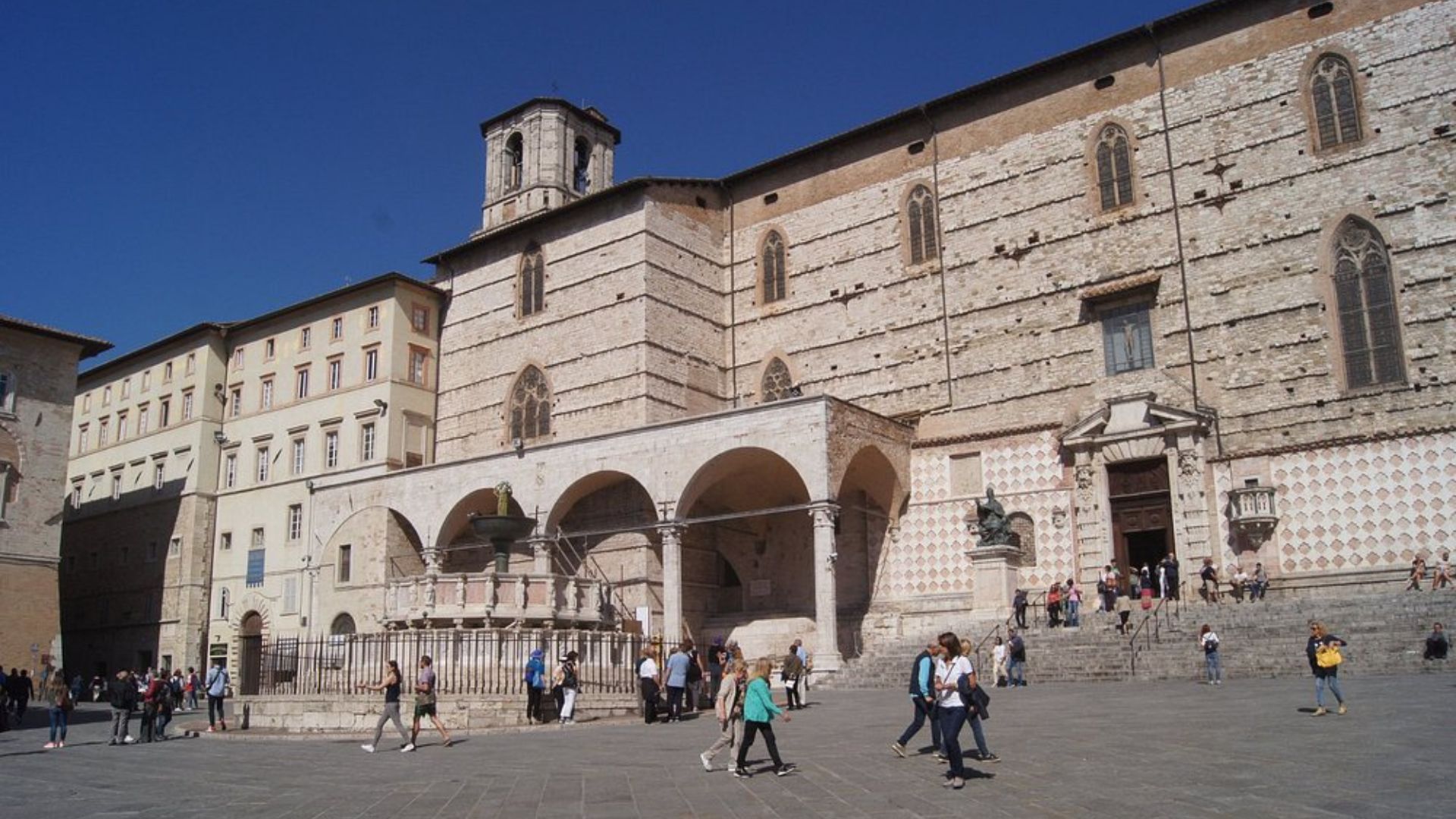
The Etruscan Gateway to Past Times
Beneath modern Perugia lies its fascinating Etruscan past. The city was originally founded by this ancient civilization, and evidence of their presence remains throughout the old town.
I spent hours exploring the subterranean sections of the city, where Etruscan walls and arches have survived for over two millennia. These underground passages offer a cool retreat from summer heat while connecting you directly to Perugia’s earliest inhabitants.
The Etruscan Arch (Arco Etrusco) stands as one of the most impressive ancient gates in Italy, marking the entrance to the old city. Built in the 3rd century BCE, it remains remarkably preserved.
After emerging from these underground explorations, I joined locals for their evening passeggiata along Corso Vannucci, continuing a tradition that has likely existed since Etruscan times.
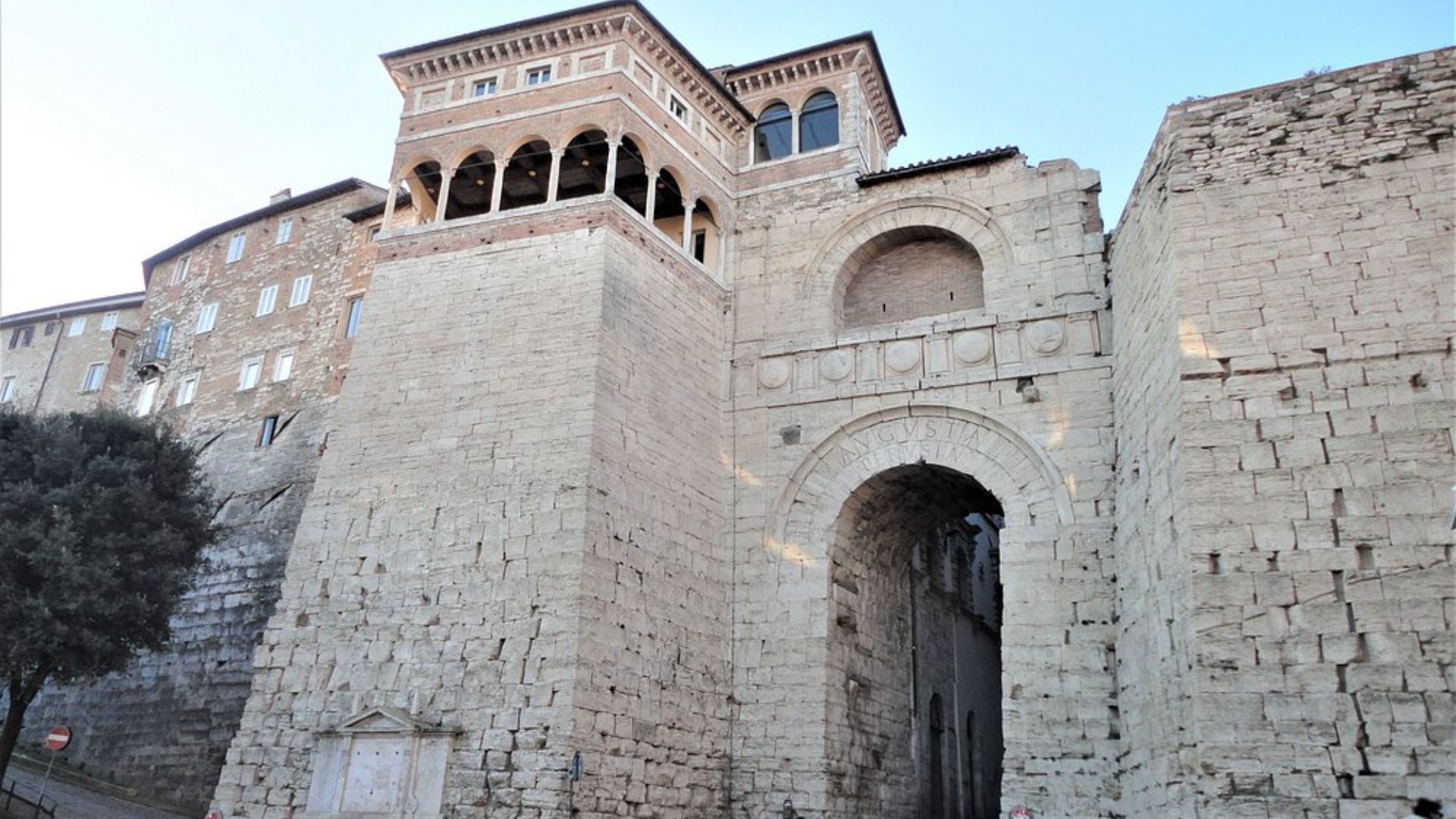
The Art of Passeggiata on Corso Vannucci
Walking along Corso Vannucci during the evening passeggiata reveals one of Italy’s most cherished social traditions. I discovered this beautiful ritual while visiting Perugia, where locals transform a simple stroll into an art form.
Embracing the Italian Tradition
The passeggiata happens each evening between 5 pm and 8 pm, when Italians take to the streets to walk and socialize. This isn’t just any walk—it’s a cultural institution.
I noticed families, friends, and couples of all ages moving at a leisurely pace, stopping frequently to chat with acquaintances. The atmosphere feels both relaxed and vibrant. No one rushes; this is time dedicated to connection and community.
During my visit, I joined this ritual, trying to match the unhurried pace of the locals. The passeggiata isn’t about exercise—it’s about seeing and being seen, a Renaissance tradition that continues in modern Italy.
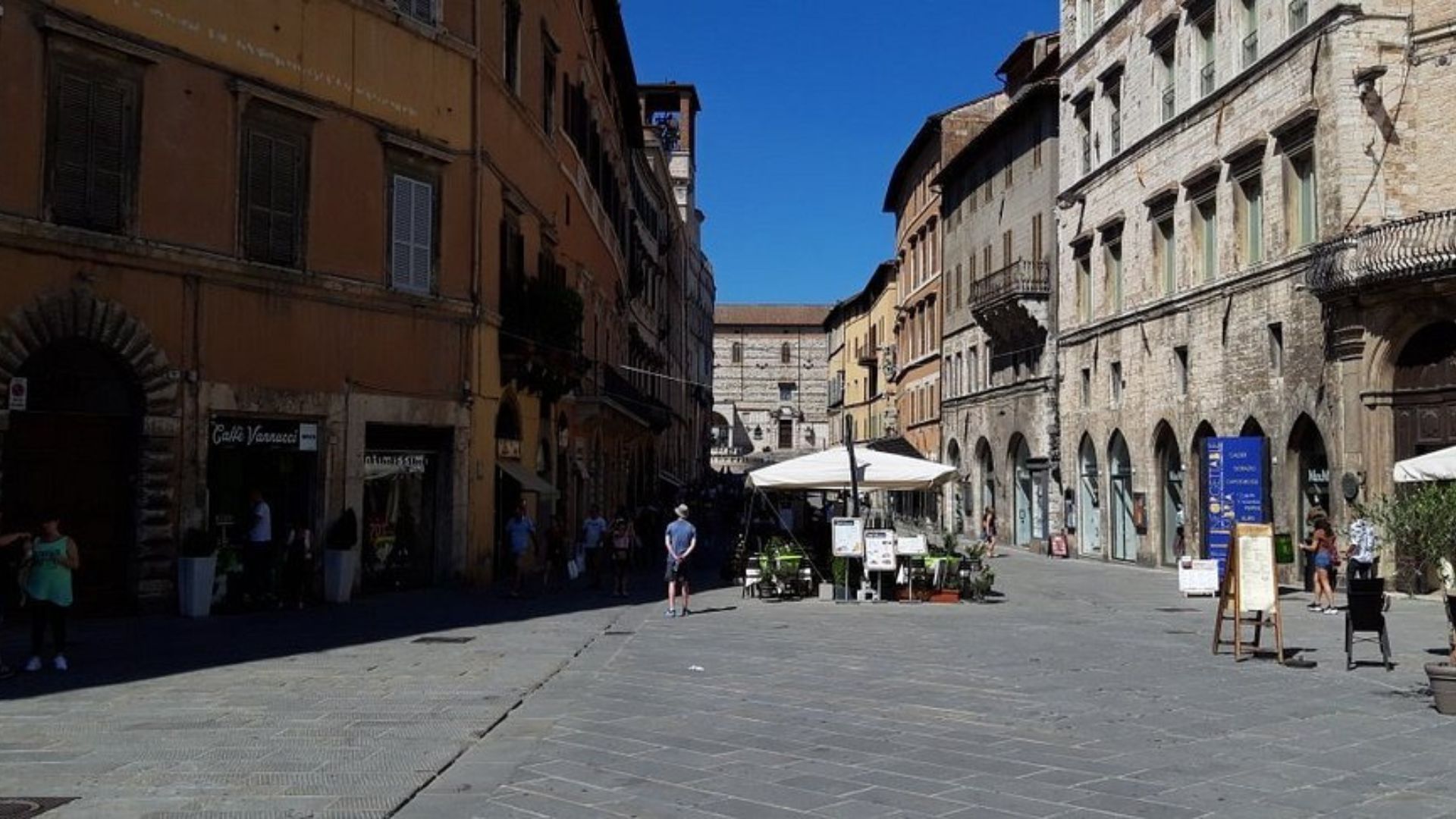
Corso Vannucci: The Stage for Evening Promenades
Perugia’s magnificent Corso Vannucci serves as the perfect backdrop for this nightly social display. This pedestrianized main street becomes the city’s living room each evening.
I found the best time to experience the corso is between 6-7 pm when Perugians are out in full force. The street stretches from the cathedral steps down past the impressive Palazzo dei Priori, lined with cafés and historic buildings.
What makes this location special is how it brings together Perugia’s Renaissance architecture with contemporary social life. Locals dress nicely for the occasion—nothing too formal, but presentable enough for a public appearance.
The corso’s central location makes it ideal for people-watching. I enjoyed sitting at a café, sipping an aperitivo while observing the gentle flow of Perugians greeting each other with warmth and familiarity.
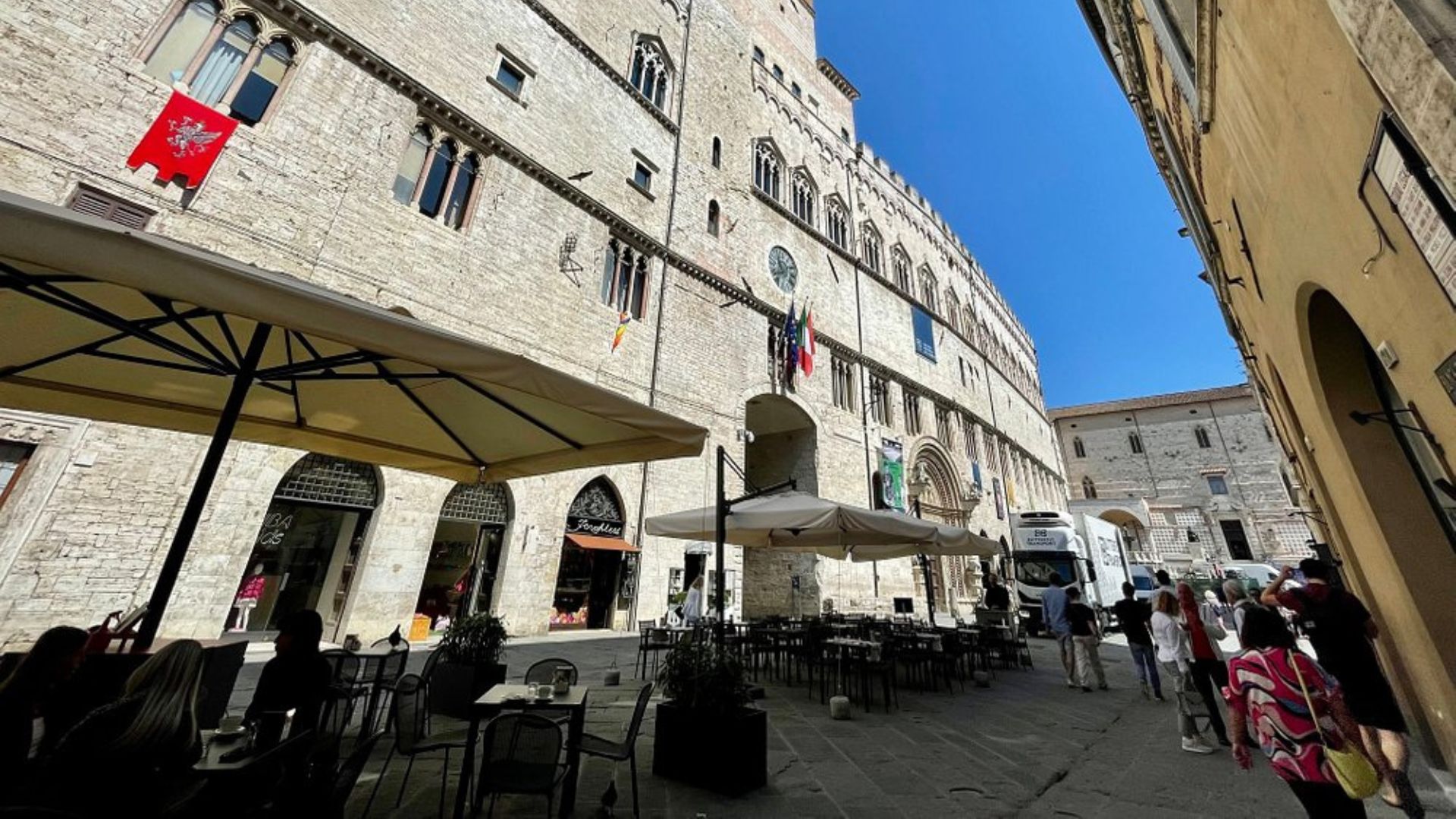
Cultural Touchstones of Perugia
As I wandered through Perugia’s historic center, I discovered that its cultural treasures tell stories spanning centuries. The city’s landmarks aren’t merely photo opportunities but living connections to Umbria’s rich heritage.
Fontana Maggiore: The Fountain of Tales
In the heart of Piazza IV Novembre stands the magnificent Fontana Maggiore, a masterpiece completed in 1278. I was mesmerized by its intricate stone carvings depicting biblical scenes, zodiac signs, and daily medieval life.
The fountain serves as Perugia’s symbolic center where locals gather and visitors pause to admire its beauty. Created by father and son sculptors Nicola and Giovanni Pisano, it represents the pinnacle of medieval Italian sculpture.
Water still flows from this 13th-century marvel, just as it did when it first supplied the city. Standing before it, I felt connected to the countless Perugians who had gathered here across centuries.
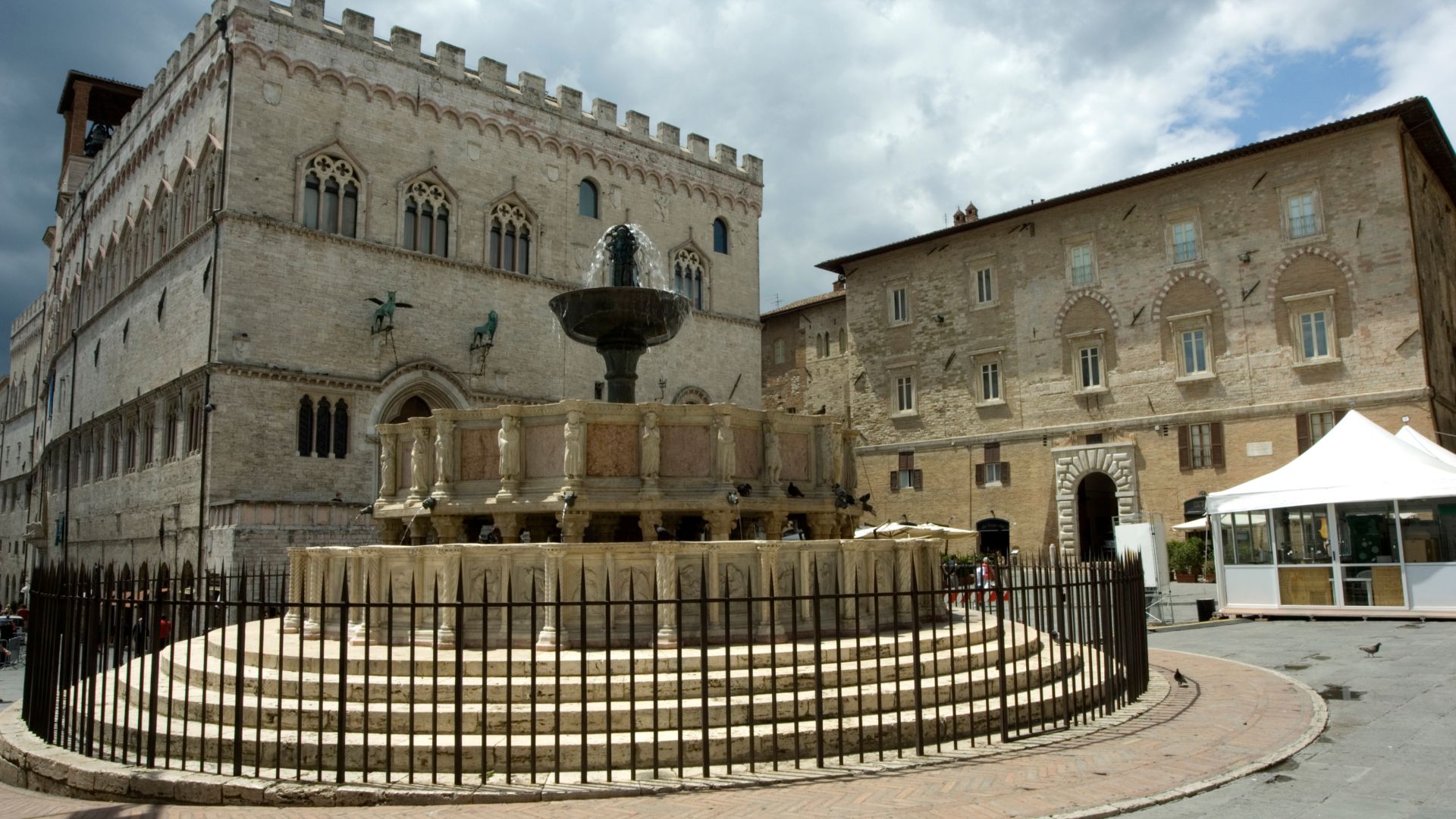
Palazzo dei Priori: A Portal to Power and Art
The imposing Palazzo dei Priori dominates one side of the square with its crenellated profile and Gothic windows. Built between the 13th and 14th centuries, this palace housed Perugia’s governing body for centuries.
Inside, I discovered the Collegio del Cambio with stunning frescoes by Perugino, Raphael’s teacher and a Renaissance master. His work here showcases the Umbrian Renaissance style with serene landscapes and graceful figures.
The adjacent National Gallery of Umbria occupies the upper floors, housing an impressive collection of Umbrian art. I spent hours admiring works by Pinturicchio and other regional masters that reflect Perugia’s significant role in Italian art history.
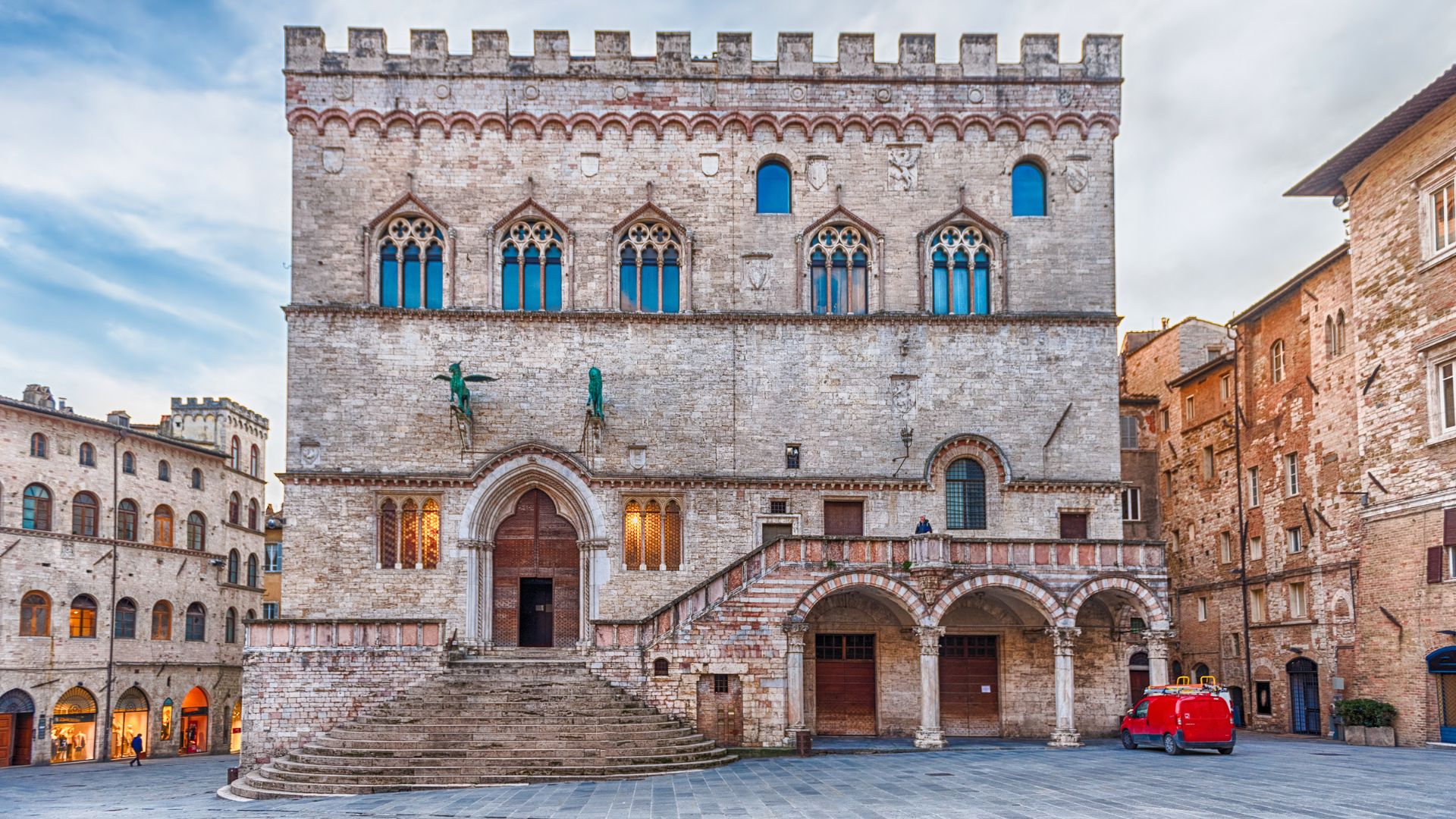
Sensory Overload: Perugia’s Gastronomy and Festivities
Perugia offers a feast for all senses, from mouthwatering local cuisine to world-class musical events that bring the historic streets to life.
Tasting Umbria’s Culinary Delights
Walking along Corso Vannucci, I couldn’t help but be drawn to the appetizing smells wafting from every direction. Umbria’s cuisine is hearty and earthy, with flavors that tell stories of the region’s history.
I stopped at a small trattoria to sample some local specialties. The truffle pasta was extraordinary – fragrant black truffles from the Umbrian forests shaved generously over handmade pasta.
Umbria’s olive oil deserves special mention. It’s grassier and more robust than oils from other parts of Italy. I watched locals dip crusty bread into bright green oil while sipping Sagrantino wine, a bold red that’s unique to the region.
Sweet tooths aren’t forgotten here. The traditional tozzetti (almond biscotti) paired perfectly with my evening espresso as I people-watched from a café facing the main square.
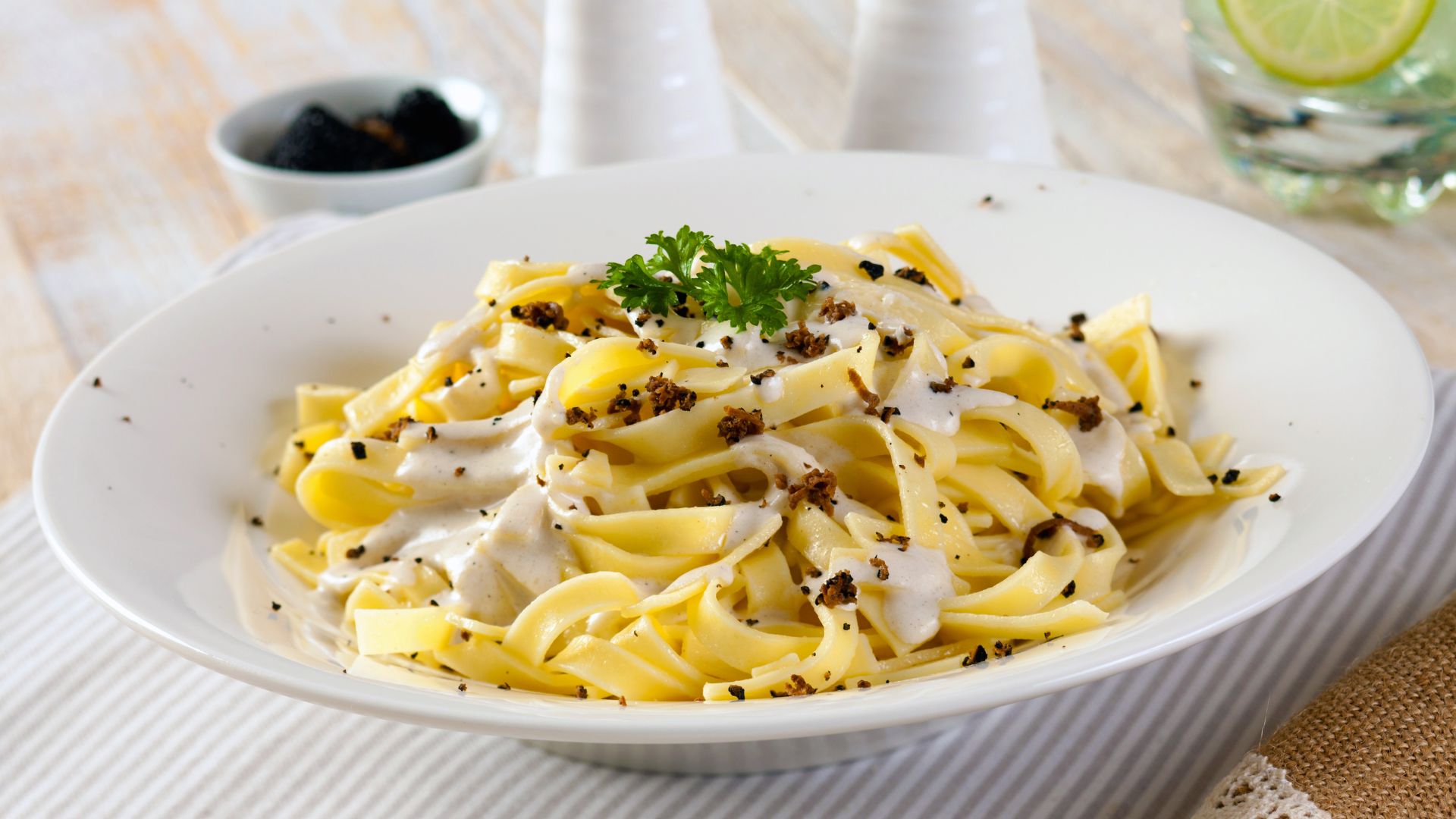
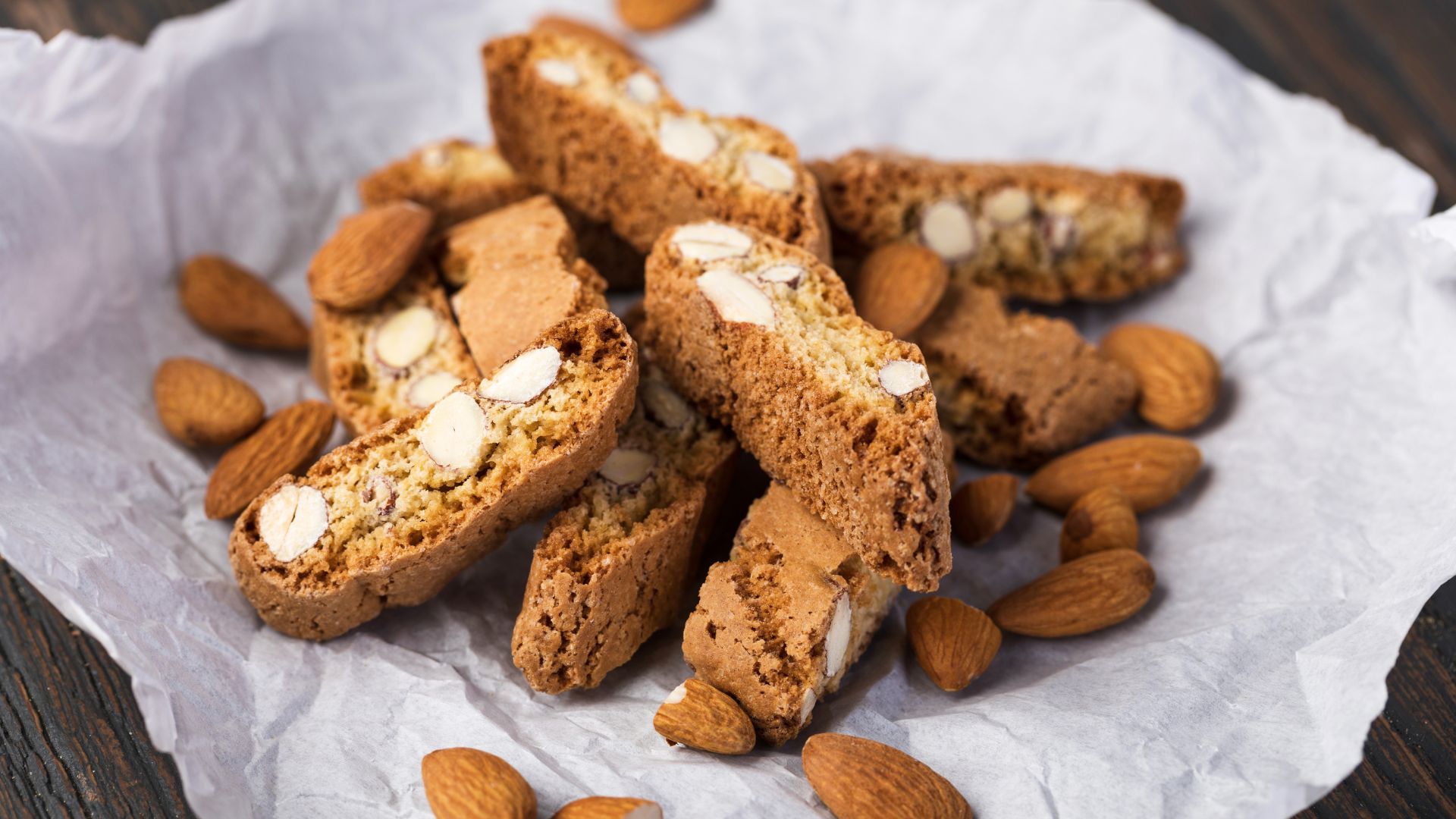
Jazz and Celebrations: The Festive Spirit of the City
Perugia transforms completely during Umbria Jazz, one of Europe’s premier jazz festivals. Musicians from across the globe fill the city with melodies that echo through medieval archways and stone streets.
During my visit, I caught an improvised performance right on Corso Vannucci. The saxophonist played as the sunset painted the ancient buildings golden. Locals and tourists alike stopped to listen, creating a spontaneous community of music lovers.
Beyond jazz, Perugia celebrates its heritage through year-round festivals. The Eurochocolate festival turns the city into a chocolate paradise each October, while religious celebrations honor St. Francis, Umbria’s beloved patron saint.
What struck me most was how these events aren’t just for tourists. Perugians embrace these festivals as vital expressions of their identity, inviting visitors to join in rather than simply observe.
Exploring Beyond the Corso
While Corso Vannucci forms the heartbeat of Perugia, the side streets and ancient pathways branching off from this main artery offer enchanting discoveries. The medieval layout of the city reveals itself in these quieter corners, where history feels tangibly closer.
The Quiet Charm of Via dei Priori
I stumbled upon Via dei Priori during my afternoon wanderings, when the sun cast long shadows across its narrow passage. This street feels worlds away from the bustle of Corso Vannucci, though it’s just a short turn away.
Ancient buildings with weathered facades line both sides, housing small family businesses that have operated for generations. The street slopes gently downhill, creating natural viewpoints where I paused to admire the layered rooftops below.
One afternoon, I found a tiny bakery tucked into a medieval archway. The owner proudly told me her family has baked bread here since the 1800s. The scent of fresh pastries filled the narrow street.
Via dei Priori also offers a more authentic glimpse of daily Perugian life than the tourist-heavy Corso. Locals chat in doorways and hang laundry from windows above.
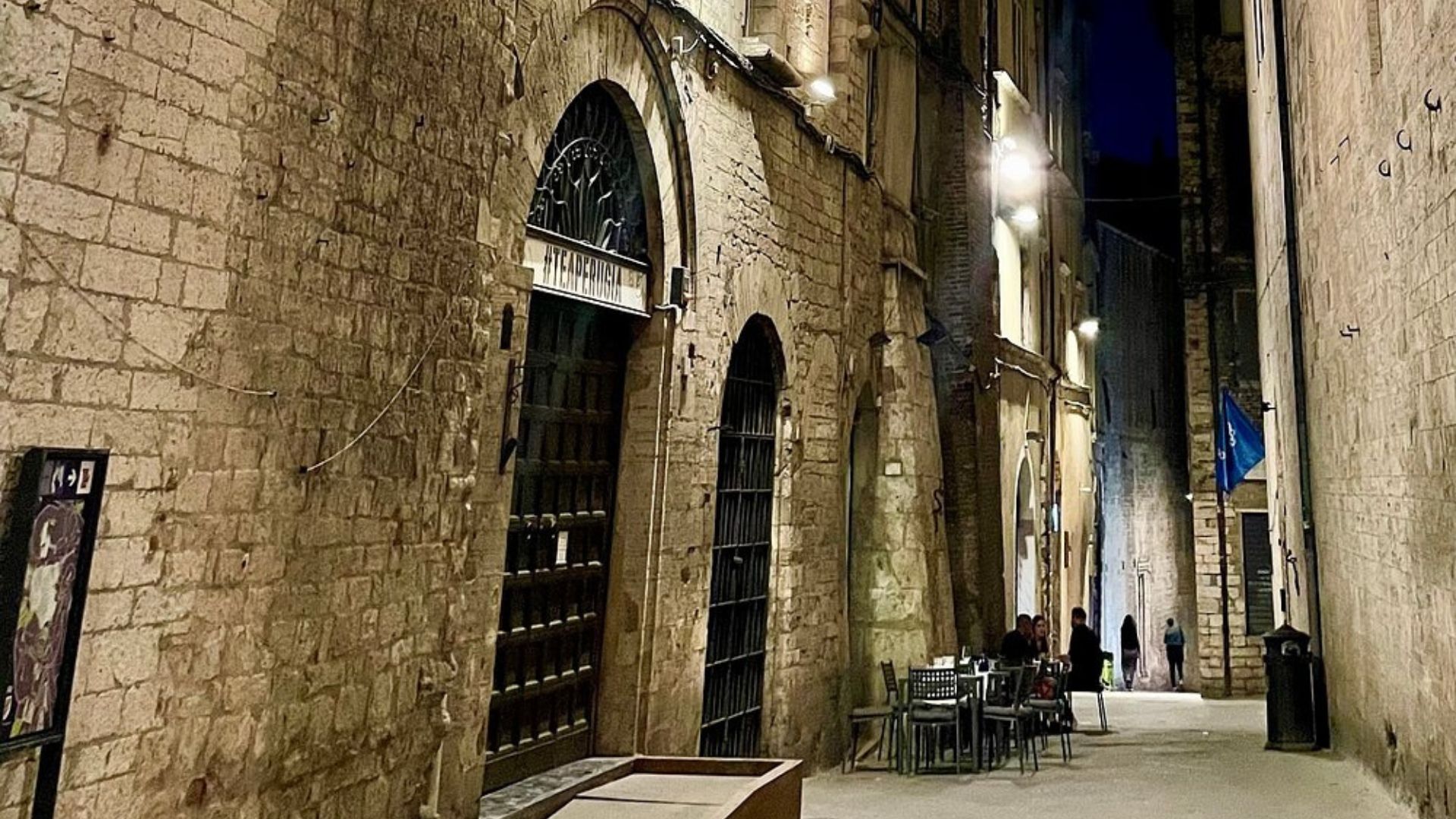
Medieval Walkways and Aqueducts
The Via dell’Acquedotto might be Perugia’s most romantic pathway. This elevated walkway follows the route of a medieval aqueduct. It provides stunning views across the Umbrian valley toward Assisi.
I walked this path as the sun began to set. When the golden light bathed the countryside. The pathway stretches for about 3 kilometers along the ridge, perfect for a stroll.
The massive Etruscan Arch stands as a testament to Perugia’s ancient origins. Dating back to the 3rd century BCE, this imposing structure marks the northern entrance to the old city.
Standing beneath its weathered stones, I felt dwarfed by both its size and age. The arch has withstood earthquakes, wars, and countless generations passing beneath it.
On clear days, you can spot Assisi gleaming white on the distant hillside. The view alone makes this walk worthwhile, especially in early evening when the light turns everything golden.

